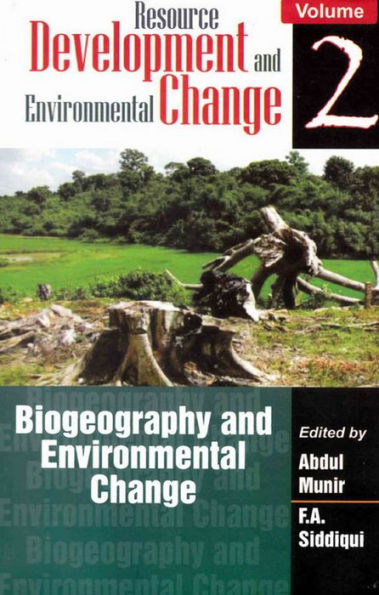Resource Development and Environmental Change: Biogeography and Environmental Change
Animal husbandry, also called animal science, stockbreeding or simple husbandry, is the agricultural practice of breeding and raising livestock. It has been practiced for thousands of years, since the first domestication of animals. In more modern times, the cowboys of North America, charros of México, or vaqueros, gauchos, huasos of South America, and farmers or stockmen of Australia tend their herds on horses, all-terrain vehicles, motorbikes, in four-wheel drive (4WD) vehicles and helicopters, depending on the terrain and livestock concerned. Today, herd managers often oversee thousands of animals and many staff. Farms, stations and ranches may employ breeders, herd health specialists, feeders, and milkers to help care for the animals. Techniques such as artificial insemination and embryo transfer are frequently used, not only as methods to guarantee that females are bred, but also to help improve herd genetics. This may be done by transplanting embryos from stud-quality females into flock-quality surrogate mothers-freeing up the stud-quality mother to be reimpregnated. This practice vastly increases the number of offspring which may be produced by a small selection of stud-quality parent animals. This in turn improves the ability of the animals to convert feed to meat, milk, or fiber more efficiently, and improve the quality of the final product, and to make it enjoyable.
1142702977
Resource Development and Environmental Change: Biogeography and Environmental Change
Animal husbandry, also called animal science, stockbreeding or simple husbandry, is the agricultural practice of breeding and raising livestock. It has been practiced for thousands of years, since the first domestication of animals. In more modern times, the cowboys of North America, charros of México, or vaqueros, gauchos, huasos of South America, and farmers or stockmen of Australia tend their herds on horses, all-terrain vehicles, motorbikes, in four-wheel drive (4WD) vehicles and helicopters, depending on the terrain and livestock concerned. Today, herd managers often oversee thousands of animals and many staff. Farms, stations and ranches may employ breeders, herd health specialists, feeders, and milkers to help care for the animals. Techniques such as artificial insemination and embryo transfer are frequently used, not only as methods to guarantee that females are bred, but also to help improve herd genetics. This may be done by transplanting embryos from stud-quality females into flock-quality surrogate mothers-freeing up the stud-quality mother to be reimpregnated. This practice vastly increases the number of offspring which may be produced by a small selection of stud-quality parent animals. This in turn improves the ability of the animals to convert feed to meat, milk, or fiber more efficiently, and improve the quality of the final product, and to make it enjoyable.
449.99
In Stock
5
1

Resource Development and Environmental Change: Biogeography and Environmental Change
206
Resource Development and Environmental Change: Biogeography and Environmental Change
206
449.99
In Stock

Product Details
| ISBN-13: | 9789355943170 |
|---|---|
| Publisher: | Arts & Science Academic Publishing |
| Publication date: | 06/30/2021 |
| Sold by: | Barnes & Noble |
| Format: | eBook |
| Pages: | 206 |
| File size: | 4 MB |
About the Author
From the B&N Reads Blog
